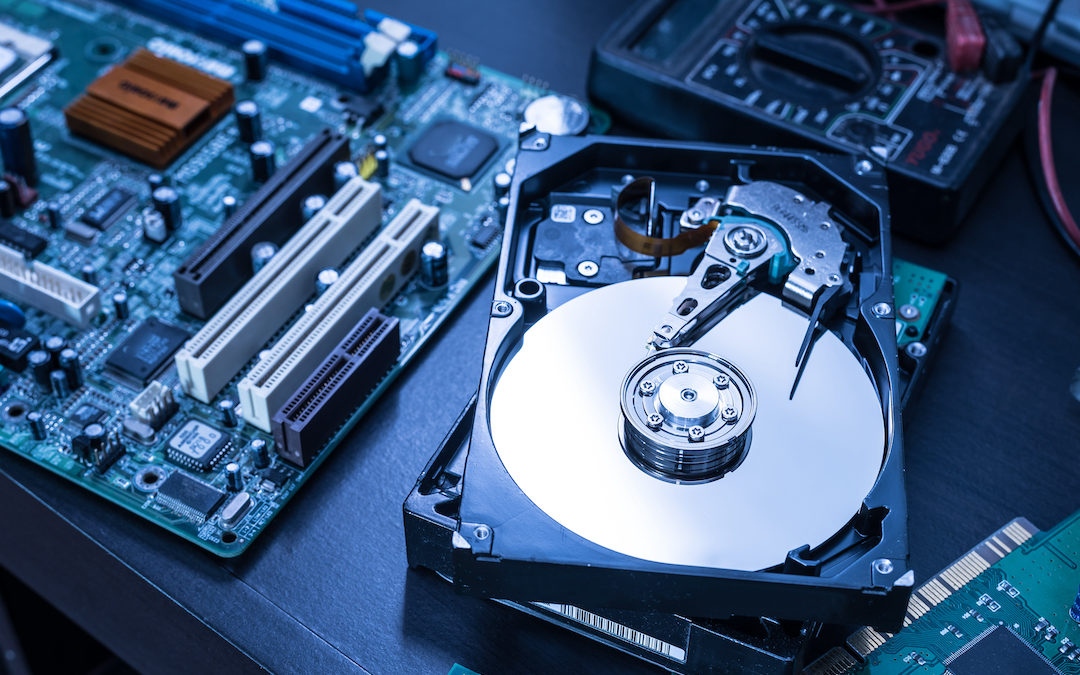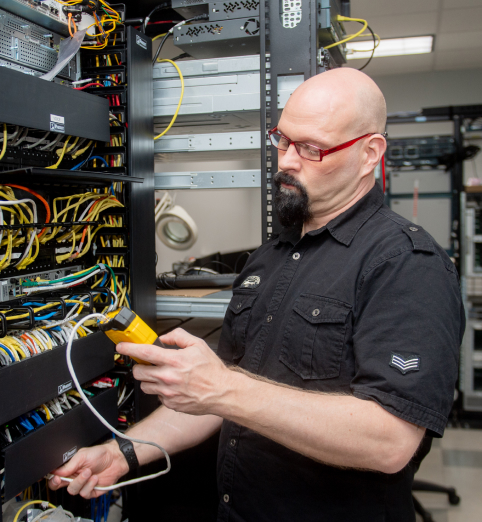Based on its rate of growth, the management at a large internet service provider (let’s call them … Definity) thinks they’ll need a certain amount of the latest wireless modems for their customers. Definity orders that amount (plus a few extra just in case) from a major manufacturer (OEM) like Cisco. However, their customer base doesn’t end up growing as fast as they thought, and now the OEM is releasing new technology Definity knows their customers will want … leaving them stuck with a ton of brand new wireless modems they’ll never use. In order to cut their losses, there’s only one thing to do–offload all of their extra product to a vendor in the secondary market. (Thanks, Definity!)
This is one way Inteleca gets a hold of brand new, in-the-box computer hardware, and can then turn around and sell that hardware for considerably less than it costs to buy it straight from the OEM. (Yey for us! … and you.) Another way secondary vendors get a hold of new hardware is by buying overstocked products from distributors.
How Much Less Is This Hardware?
Just as in any market, price differences will vary depending on the demand for the product. New hardware products sold by secondary vendors can be an average of 40-50% off, but can sometimes be sold at up to 80% off the OEM sticker price. No matter what the price tag, it’ll always be considerably less than for what the manufacturer will charge, which is great news for you.
Good Things Come to Those Who Wait
While you can always buy brand new technology from the manufacturer, you’ll typically have to wait a little while longer to buy it new from the secondary market. Most new products in the secondary have been on the market for at least a year and usually between two to five years.
If a product was released at least three years ago, you can definitely find it in the secondary market and Inteleca has it available for sale. If it’s been at least a year since it’s release, we may have it in stock, but if not, we can still source it, meaning our reps will do your homework for you, find it, and then sell it to you (whatever you want, we “gotta’ guy”). Sourcing a product does require a little time; it normally takes about a week, but could need up to a three-week lead time if it’s an item that’s harder to locate.
No Sup for You!
The other main difference is that new products from the secondary market may not be eligible for support from the manufacturer. However, secondary vendors like Inteleca will still sell them with a warranty in case there are any issues. Inteleca even provides lifetime warranties on many products.
Not having support may not be a big deal since you can research the reliability of the exact product because it’s been on the market for a while. Suppose the people who bought a piece of hardware when it was newly released then had issues with it (like all those who waited in line to buy the latest iPhone). By the time that hardware hits the secondary market, enough time has passed that product reviews and online forums would be buzzing about glitches, drawbacks, and errors, giving you the opportunity to be aware of them. Additionally, the OEM has had time to respond to the issues people have been reporting and provide a solution. When it comes to technology, sometimes the devil you know is better than the devil you don’t.
If you have your heart set on new hardware, but don’t want to pay new prices, finding it in the secondary market is the way to go, especially if you’re willing to be a little patient. If you’re looking for something specific and you don’t see it in our shop, contact us and we’ll work on finding it for you.



